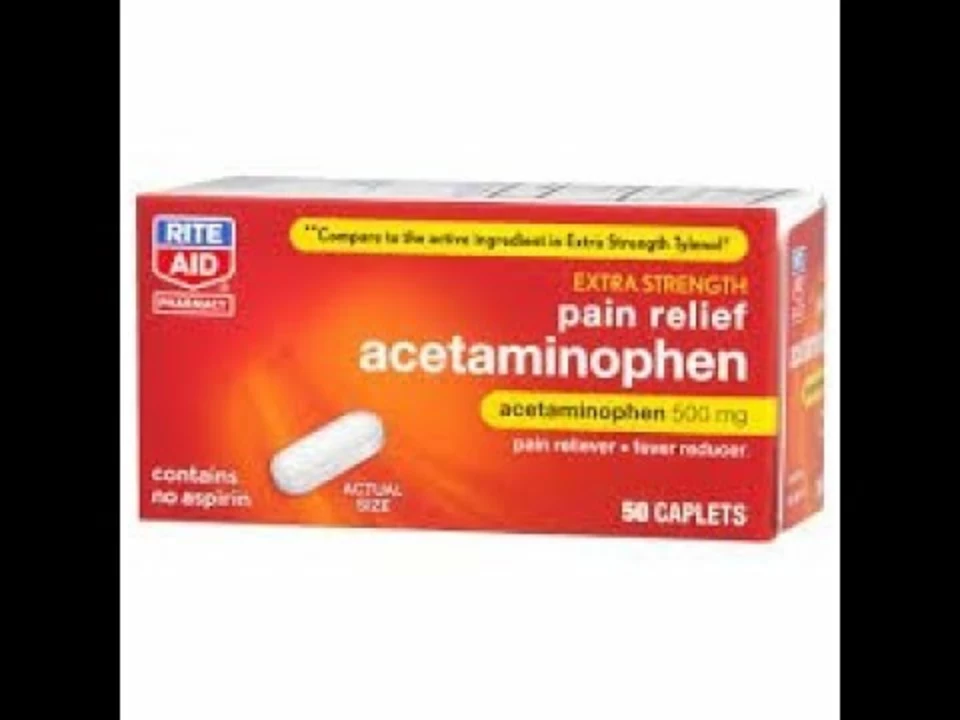Veins: What They Do and How to Keep Them Healthy
You use your veins every minute of the day, but most people don’t think about them until they start to hurt, bulge, or feel heavy. Veins bring blood back to the heart. When the tiny valves inside fail or flow slows, problems like varicose veins, spider veins, or blood clots can show up. This page gives clear, useful steps you can take now and flags when you should see a doctor.
Common vein problems and what they feel like
Varicose veins are thick, twisted veins you can see under the skin, usually on the legs. They often cause aching, heaviness, itching, or swelling by the ankle. Spider veins are smaller, red or purple lines that don’t usually cause pain but bother people for cosmetic reasons. Deep vein thrombosis (DVT) is a clot in a deep vein—symptoms include sudden swelling, warmth, redness, and sharp pain. DVT can be dangerous if a clot travels to the lungs, so it needs quick medical attention.
Risk factors include standing or sitting for long periods, pregnancy, obesity, age, and family history. Jobs that keep you on your feet all day, long flights, and smoking also raise the chance of trouble. A quick look at your legs for swelling, unusual color, bulges, or persistent pain will tell you if you need to act.
Simple steps to help your veins every day
Move regularly. Even gentle walking for 10–15 minutes every few hours helps blood flow and lowers the risk of clots. Elevate your legs above heart level for short periods after long standing or at the end of the day to reduce swelling. Compression stockings apply steady pressure to help veins push blood upward—these work well for varicose veins and show real benefits when used correctly.
Keep a healthy weight, avoid tight clothing around your waist and thighs, and swap prolonged sitting for short walks. If you travel, stand up and walk every hour, and drink water to stay hydrated. Quit smoking if you can—smoking narrows blood vessels and harms circulation.
Treatments range from at-home measures to medical procedures. Over-the-counter pain relievers and topical creams ease mild discomfort. Medical options include sclerotherapy (injections to close small veins), endovenous laser or radiofrequency ablation (to seal larger faulty veins), and surgical removal in severe cases. For DVT, doctors use blood thinners and sometimes clot-removal procedures. Which option fits you depends on symptoms, test results, and your health history.
If you have sudden leg swelling, redness, warmth, or strong, persistent pain—go to urgent care or the ER. Also see a doctor if aching or swelling doesn’t improve after a few weeks of self-care, or if you’re worried about how your legs look or feel. A vascular specialist can order an ultrasound and recommend the right treatment.
Want more practical reads? Our site has guides on related meds and conditions—things like nerve pain, circulation-friendly supplements, and safe ways to manage swelling. Browse the articles tagged “veins” for step-by-step advice and clear next steps for treatment and prevention.
Acetaminophen and your veins: What you need to know
Acetaminophen is a common over-the-counter pain reliever that many of us use regularly. However, it's crucial to understand how it affects our veins to ensure our safety while using it. In my latest blog post, I discuss the potential side effects of acetaminophen on our veins, including the possibility of blood clots and damage to our vascular system. I also cover important precautions to take when using this medication, like checking for any drug interactions and following the recommended dosage. The information provided will help you make informed decisions about using acetaminophen to manage pain while protecting your veins' health.

